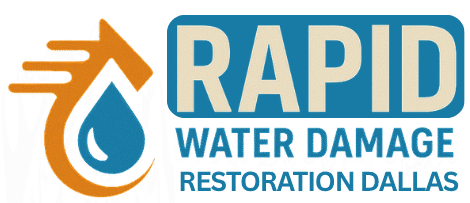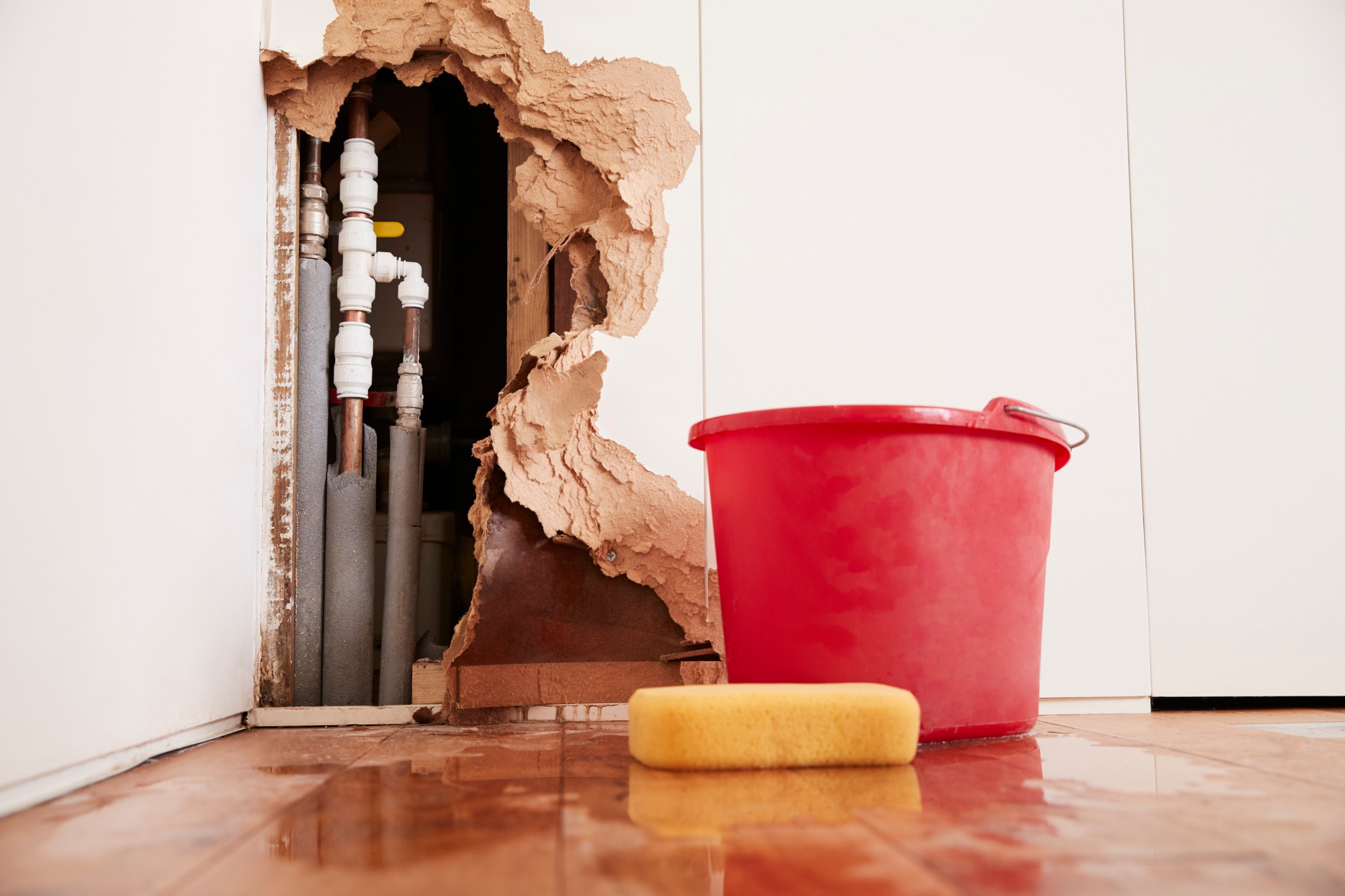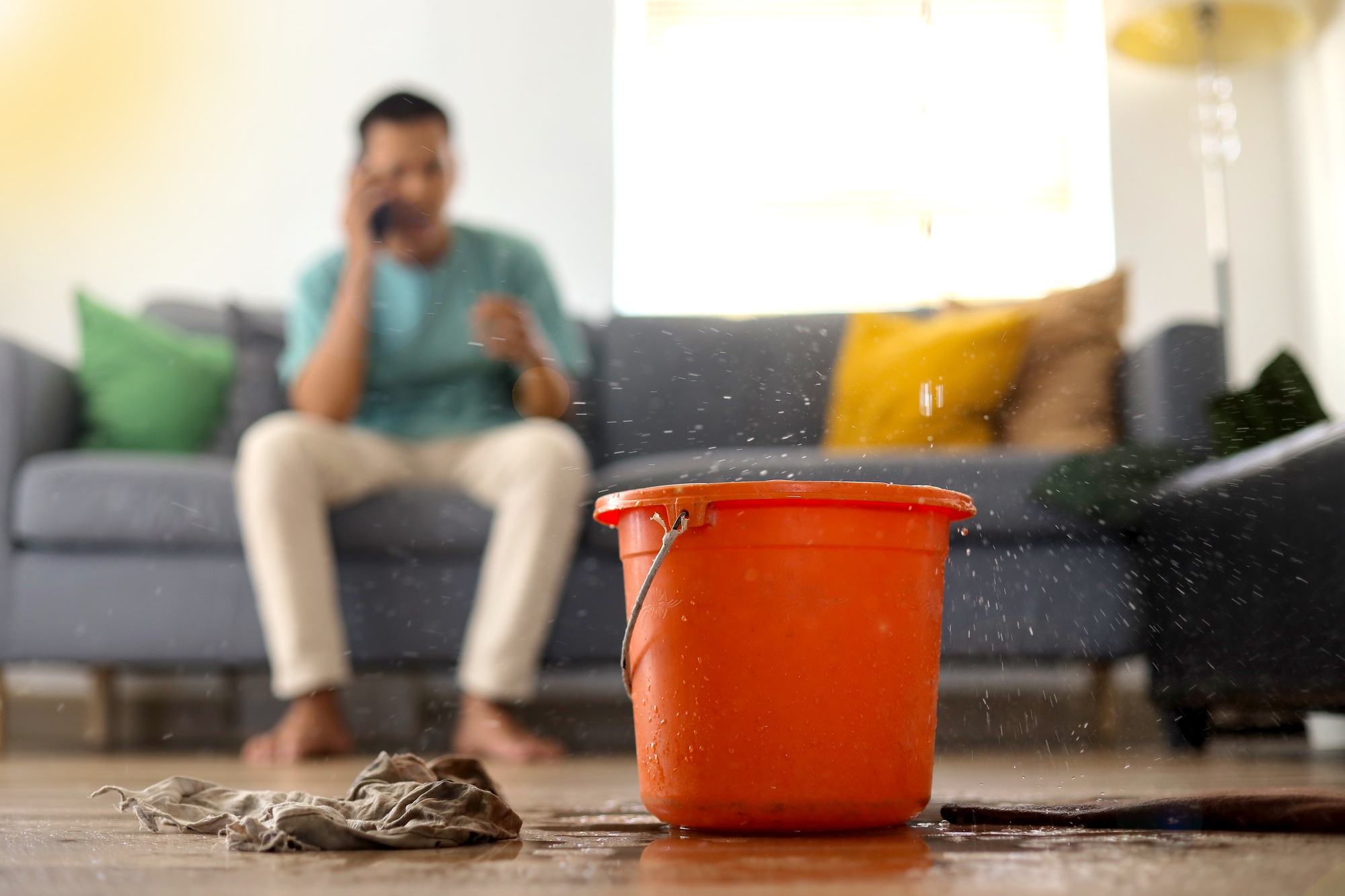Introduction
Not all floodwater is the same. Understanding the type of water flooding into your home or business is crucial to knowing how dangerous the situation is, how cleanup should be handled, and what kind of damage you’re facing. This knowledge helps you make smart decisions and work safely with cleanup crews.
In this post, we’ll cover:
- The main categories of flood water
- Impacts and risks associated with each type
- How treatment and cleanup differ depending on water type
For details on the cleanup process after identifying water type, see our full service explanation at Flood Damage Cleanup.
What Are the Different Types of Flood Water?
Flood water is generally classified into three categories based on purity, contamination, and risk.
- Clean Water
- From a sanitary supply line (burst pipes, leaking faucets).
- No harmful pathogens initially.
- Can degrade into more dangerous types if it stagnates.
- Gray Water
- Has some contamination (appliances overflow, sump pump failures, washing machine leaks).
- May contain chemicals, food particles, bacteria.
- Risk increases the longer it sits or if mixed with dirt.
- Black Water
- Highly contaminated (sewage, floodwaters from rivers, stagnant water exposed for a long time).
- Contains pathogens, toxins, possible hazardous debris.
- Requires serious safety measures.
The Impacts & Risks for Each Water Type
| Water Type | Immediate Risks | Long-Term Problems |
|---|---|---|
| Clean Water | Minor structural damage, wet surfaces | Mold growth, odors, material degradation if not properly dried |
| Gray Water | Contamination of fabrics, finishes; bacterial growth | Potential health issues, increased repair cost, risk of moving to black water status |
| Black Water | Risk of disease, skin contact hazards, serious damage to materials | Extensive repairs, possibly removal of large structural elements, ongoing health hazards |
How Cleanup Differs by Water Type
Knowing the category changes several key aspects of how you approach cleanup:
- Protective Gear & Safety Protocols
Black water cleanup requires full PPE, possibly more containment; clean water less so but still needs precautions. - Disinfection & Sanitization
More aggressive chemical treatments with gray/black water. Surfaces and contents exposed to black water often need disposal, not just cleaning. - Speed of Response
The more contaminated the water, the faster removal and treatment need to happen to avoid serious risk. - Type of Materials Affected
Porous materials may need replacement in black water cases (e.g. insulation, drywall). Clean water damage may allow restoration if dried fast.
What Professional Flood Damage Cleanup Involves
When pros handle flood damage cleanup (see more at Flood Damage Cleanup), they follow a robust and methodical process that takes water type into account:
- Initial Assessment: Identifying whether water is clean, gray, or black; inspecting what materials are affected.
- Water Extraction: Removing as much bulk water as possible safely.
- Drying & Dehumidification: Using equipment to remove moisture from structural components.
- Cleaning & Sanitizing: Tailored to the water category; more rigorous for black water.
- Restoration & Repair: Replacing or repairing damaged materials based on contamination level.
What You Should Do If You Encounter Each Type
- Clean Water Event
→ Shut off water source, remove standing water, dry as quickly as possible, monitor for mold. - Gray Water Event
→ Protect yourself, wear gloves, masks; avoid contact; clean and sanitize surfaces; call professionals if in doubt. - Black Water Event
→ Avoid contact; evacuate area if severe; call pros immediately; expect portions of affected materials to be removed.
In all cases, documenting damage and contacting a professional service is wise. You can reach out via our Contact Us page for fast help.
Why Knowing Water Type Matters for Recovery
- Determines how much cleanup will cost and how long it will take.
- Helps protect your health and safety.
- Guides decisions about which materials to save and which to discard.
- Ensures the cleanup process is done correctly, avoiding future problems.
Conclusion
Understanding the type of flood water you’re dealing with is more than technical: it’s about safety, cost, and avoiding future issues. Whether it’s clean, gray, or black water, the right information shapes the correct actions.
For a more detailed walkthrough of each phase of cleanup—from extraction to restoration—visit our Flood Damage Cleanup page. If you need advice or emergency help now, don’t hesitate to Contact Us.



